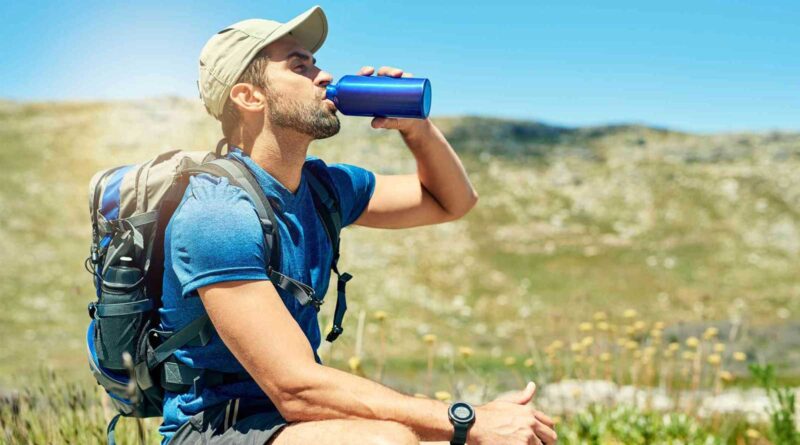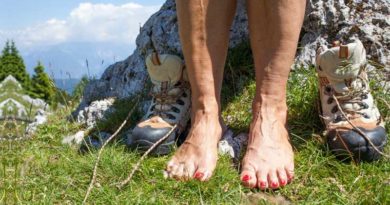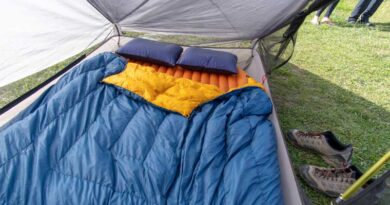How Much Water Do You Need For A Day-Hike?
You know that it is essential to bring enough water and stay hydrated during a hike. But do you know how much you are going to need to drink during your trek? Can you drink water from the sources that are available to you on the trail streams or a crystal-clear lake high in the mountain? These are all great questions and you need answers because you cannot risk dehydration during your hike. It may have harmful side effects and can be dangerous for you.
How Much Is Sufficient For A Day Hike?
When going for a day hike, it is essential to ensure that you are bringing the proper supplies. This includes packing enough water to sustain yourself and others who rely on you. If you are actively hiking, a general rule of thumb is to drink around one liter, or 32 ounces, of water every two hours. This is usually applicable for most climates, but this can change significantly. Depending on your hike, certain conditions such as body weight, temperature, and humidity can affect the amount of water. If you aren’t able to refill on your trail, then one liter per hour is usually a safe estimate.
Another way to ensure is by checking to see if there is a guidebook for the specific trail that you plan on hiking. This guide should give you an estimate for your hiking route. If you only have access to a map for your hiking trail, you can figure out your water supply by calculating the distance. First, you will take the total distance of the path and divide that number by your estimated pace per hour. The average rate is between two to three miles per hour. It may just be an estimate, but it is usually relatively accurate.
How To Carry Water?
There are a couple of different ways to store and carry water. Of course, there is the use of a water bottle or a water flask. Plastic water bottles are lightweight, but they are also much more susceptible to changing temperatures depending on the weather. So, if you are going on a long hike on a very hot day, you can expect your water to warm.
Steel, aluminum, or other types of water bottles or flasks are heavier than their plastic counterparts. However, they offer much more temperature stability and control. Depending on the quality and the brand of your bottle, you may be able to keep your water cold or warm for nearly your entire hike.
There is also the option to carry a hydration pack or to use the hydration reservoir pocket of your backpack. These are incredibly convenient as they come with a hose. You can use this hose to continuously drink throughout your hike. You don’t have to stop and pull out your water bottle. Most of these packs will hold up to three liters of water, which is usually suitable for a long day hike.
What Is Dehydration?
Dehydration occurs when your body does not have enough water. This is typically the result of heavy sweating, intense exercise, or when you are sick. When hiking, dehydration typically happens if you are trekking in hot weather or direct sunlight. These conditions make it much more likely for you to sweat excessively. If you are replenishing your water quicker than your body is expelling it, that is when dangerous conditions can occur.
Common signs of dehydration include headache, increased thirst, dry mouth, light-headedness that goes away when you lie down, irritability, and lethargy.
How To Prevent Dehydration?
Preventing dehydration is not only easier, it is also much safer than trying to reverse the effects and the state of dehydration. If you are sweating too much and have become dehydrated, your body may be losing water faster than it can absorb the liquids that you are drinking. If ignored, dehydration can lead to life-threatening conditions. Therefore, it is vital to replenish both the water and the electrolytes that your body loses during sweating and respiration.
Here are a few safety tips regarding dehydration while you are hiking:
- Carry enough water throughout the day. The average amount is two to four quarts, but we will provide more descriptive and definitive information throughout this article.
- Be sure to pack the right snacks for your hike. Salty foods help to replenish your electrolytes, so pack pretzels and trail mix. Bananas and oranges also help to provide an essential boost of potassium and calcium.
- Pay close attention to your environment. If you have been in the direct sun for some time, try to hike through a more shaded area. Hiking in direct sunlight for too long can be dangerous as hikers will already lose about one-half to one quart of fluid if they are hiking in exceptionally hot weather.
- Forget the caffeine. Caffeinated beverages such as coffee and soda can cause further dehydration and can even make you feel sick on your hike.
- Pay close attention to children and parents if you have included them on your hike. They are at a much higher risk for dehydration, so if you notice that they are not urinating as often or have a very dry mouth, that may be a sign that they aren’t drinking enough water to sustain their fluid output.
Final Point
Hydration is an absolutely essential factor to consider on your next day-hike. If you aren’t adequately hydrated throughout your hike, you risk experiencing very dangerous health conditions, including dehydration. Staying well-hydrated throughout a hike is incredibly dependent on bringing the right amount of water, which you can figure out by calculating the length and time of your hike.




